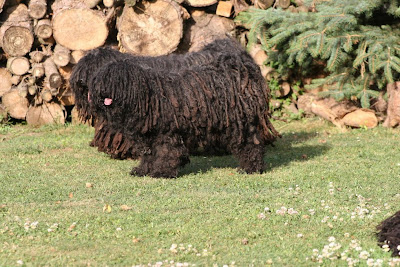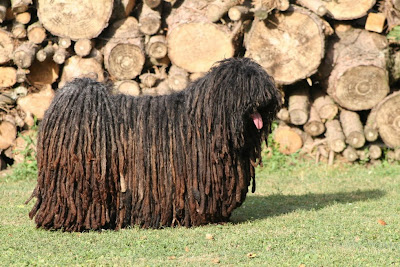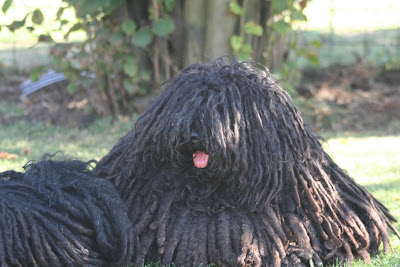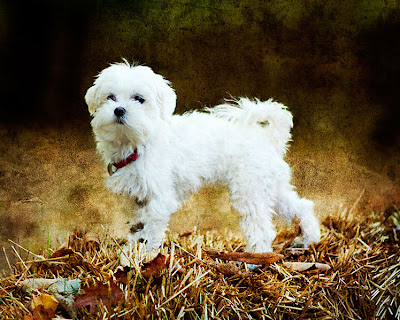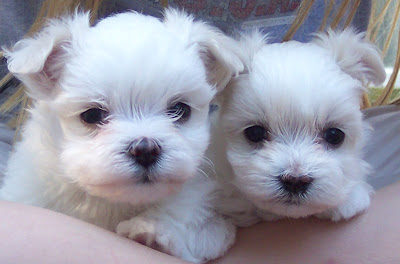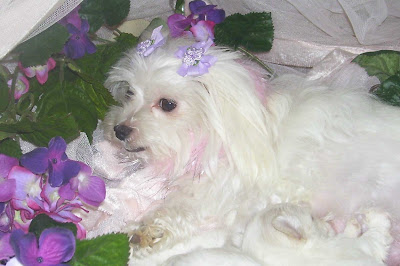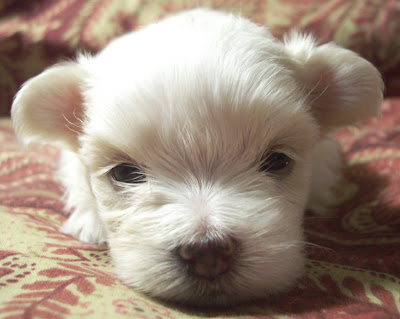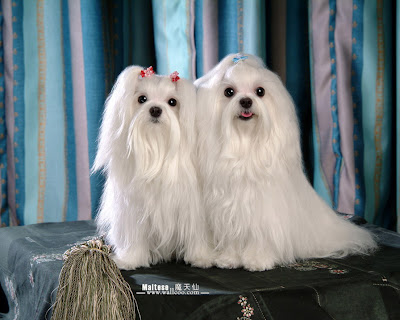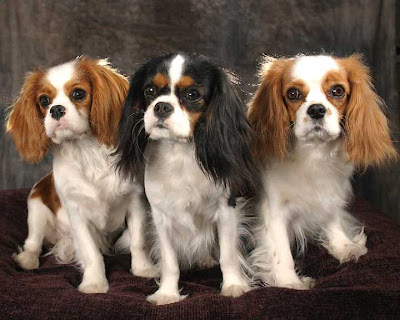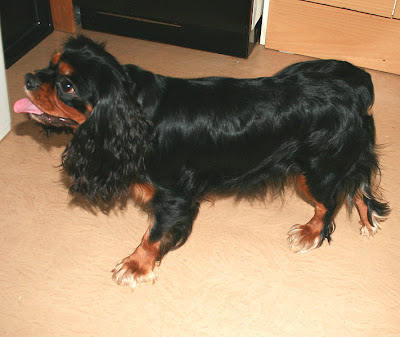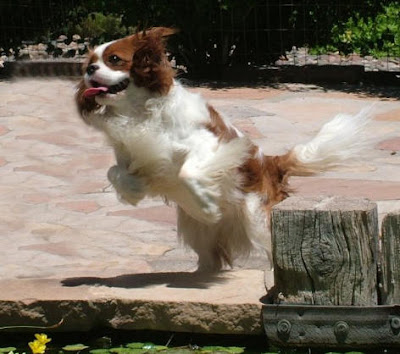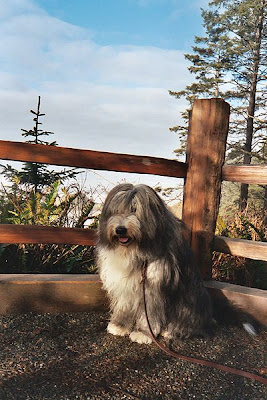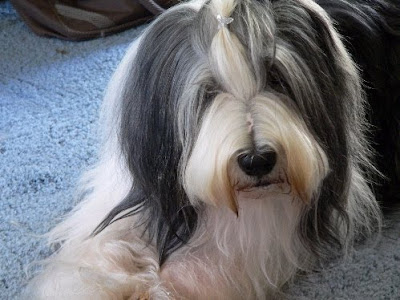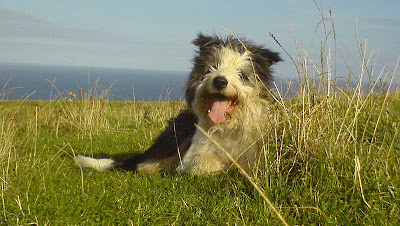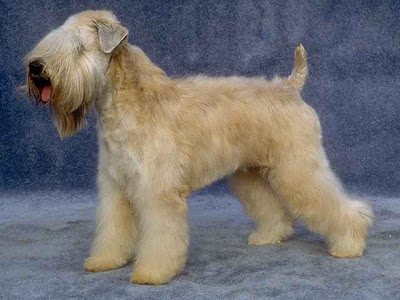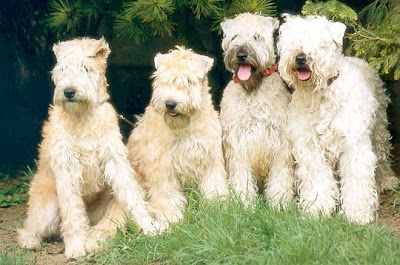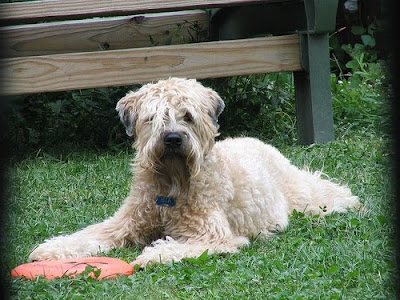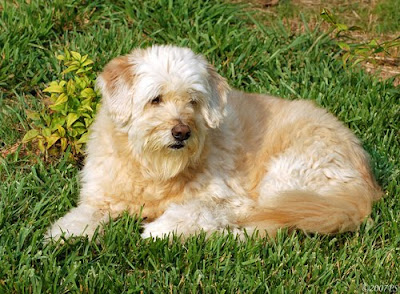The Komondor has a broad head with the muzzle slightly shorter than half of the length of the head, with an even and complete scissor bite. Nose and lips are always black. People unfamiliar with the breed are often surprised by how quick and agile the dogs are. The Komondor's appearance is dignified and commands respect.
The minimum height of female Komondors is 25.5 inches (65 cm) at the withers, with an average height of 27.5 inches (70 cm). The minimum height of male Komondors is 27.5 inches (70 cm) with an average height of 31.5 inches (80 cm). No upper height limit is given.Komondor females on average weigh between 88–110 lb (40–50 kg) and Komondor males weigh on average between 110–132 lb (50–60 kg).
The Komondor's temperament is like that of most livestock guarding dogs;it is calm and steady when things are normal, but in case of trouble, the dog will fearlessly defend its charges. It was bred to think and act independently and make decisions on his own.
It is affectionate with its family and gentle with the children and friends of the family. Although wary of strangers, they can accept them when it is clear that no harm is meant,but is instinctively very protective of its family, home and possessions.The Komondor is good with other family pets but is intolerant to trespassers and teasing, and is not a good dog for city life. The dog is vigilant, will rest in the daytime, keeping an eye on the surroundings, but at night is constantly moving, patrolling the place, moving up and down around the whole area.The dogs usually knock down intruders and keep them down until the owner arrives.Hungarian Komondor breeders used to say that an intruder may be allowed to enter the property guarded by a Komondor, but he will not be allowed to come out again.
Komondor Dog Club Directory
- Breed and club information, plus a great photo.
- Breed information, and photographs.
- Information, links and photos of Komondors in the UK.
- Photos, links and information in German and English. Also includes a photo of a Racka sheep.



